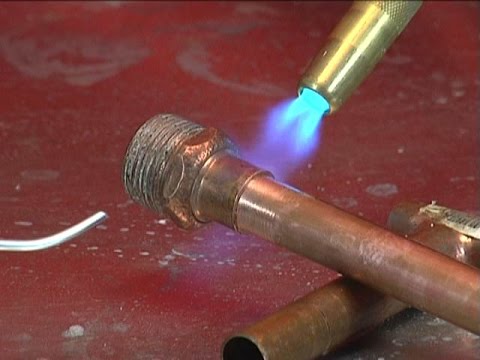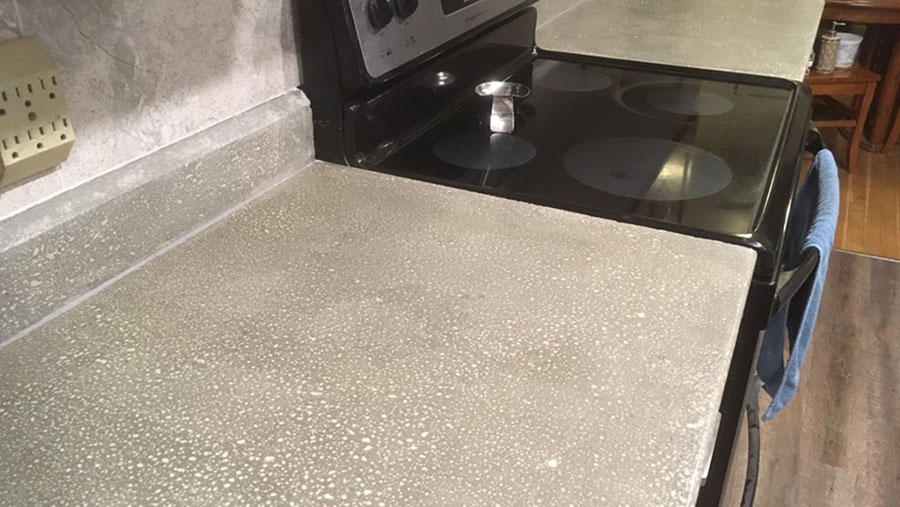Joining PVC pipe is a basic plumbing skill for installing drain lines. First, dry fit the parts to make sure they will fit as hoped, and mark them with a Sharpie for easy reassembly. Glue-up is done with primer and cement.
Clean, deburr, and dry fit the PVC parts.
- Using a utility knife, carefully cut off the frayed edges of both the inside and outside on the pipe ends. Leaving these burrs in place will snag waste as it tries to flush smoothly through the pipes.
- Next, dry-fit the parts. Assemble the pieces as you want them to be when completed.
- Mark across each joint with a Sharpie so that alignment will be goof-proof after the cement has been spread.
Many plumbers tape the primer and cement cans together because you never need one without the other. It's also harder to knock them over. The primer is generally purple, and the cement is typically white or clear, though other colors (indicating different properties) exist.
The primer actually 'melts' the surface of the PVC, allowing the cement to weld the parts together.
How to cement the PVC parts together:
- Apply a thin layer of primer to both the fitting and the pipe.
- Spread the cement over the primer.
- Connect the parts and twist them to spread the cement. Twist so that the previously-marked Sharpie lines realign.
- Hold the parts together until dry, usually about 15 seconds.
- Move on to the next joint.











